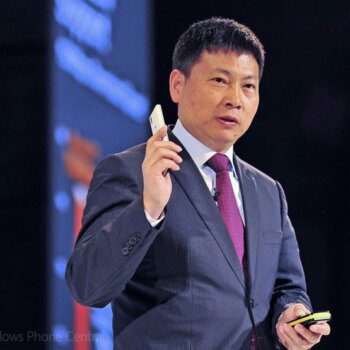Susana Carrizosa, a journalist at leading Spanish daily El País, contacted me to talk about fake news in a business context, and how it is being used as a communication or corporate lobbying strategy.
I tried to provide Susana with some examples in which competitors, or even entire industries, have agreed to spread misinformation to influence public opinion or politicians, as the tobacco industry did for many years in the latter part of the last century to play down the harmful effects of cigarettes. It even created bogus research institutes that concocted fake data showing that smoking was not a health threat. Similarly, the oil industry funds climate change denial by spreading stories that electric vehicles generate more emissions than diesel or petrol vehicles (the well-known — and false — “long tailpipe” theory), or that renewable energies are too unreliable to be the mainstay of electricity generation. Some of these hoaxes are spread so efficiently that they continue to trotted out in debates decades later, despite having been reliably disproved on countless occasions.
The strength of fake news is that it often resonates with our myths or fears, so that we don’t bother to verify a story’s authenticity. Often fake news will seem authoritative: “if an oil company says it, then it must be true”, or can come from reports based on biased readings of data or peppered with unsubstantiated opinion. In many cases, fake news are part of mass manipulation campaigns, managed by communication agencies with huge budgets.
In other cases we are talking about scams aimed at raising a company’s share price that involves spreading misinformation So-called meme stocks, which provide a living for outfits like Robinhood, are a relatively sophisticated version that use social networks, and have gone from grassroot models, in principle genuine, to being the product of sophisticated strategies that try to take advantage of market trends that appear spontaneous.
To combat this type of ruses, companies need well-developed and adequately resourced information channels, such as social networks, corporate pages, etc., where the facts can be published quickly, and indexed appropriately, because the channel has already been operating for some time and has a reputation and a certain number of followers. The best thing to do when faced with a hoax is to have channels where interested parties can go to verify find the truth, and this implies direct communication without intermediaries, which can be implemented quickly, coordinated in many cases with other more traditional strategies.
As always, it is worth remembering that big claims require big proof, and that if we cannot believe everything we see in the media, we should be even more skeptical about information being passed on via private messaging groups with no other source than a link to a news item or a tweet. Again, in most cases, the people spreading these stories do so not so much because they believe them, but because they want to believe them. The politicization of biology, epidemiology or virology, as has been going on for some time in the United States, where Covid has now killed more people than the Influenza epidemic of 1918, is a powerful example of this, and that was started not by business but by the Republican Party.
Can these strategies be identified or traced back to their origins? Yes, and sometimes it has been done. That said, our societies tend to avoid pointing the finger of responsibility and, in fact, tend to bury such phenomena after a certain time or, even worse, to justify them in terms of short-term benefits. With all this in mind, it is little wonder that business has weaponized fake news over recent decades, given that practically the only counterpart or balance is the exercise of something as intangible and open to interpretation as ethics.
In the collective imagination, the idea of, for example, holding the oil industry accountable for years of misinformation about the climate emergency is widely seen as futile, impossible or unjustified, as if it were natural and understandable that the future of the planet is secondary to corporate profits. How did we get to this point, and what can we do to redress things?






























